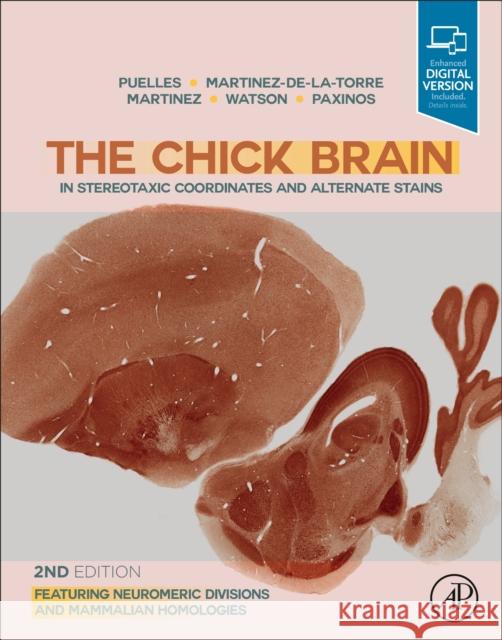The Chick Brain in Stereotaxic Coordinates and Alternate Stains: Featuring Neuromeric Divisions and Mammalian Homologies » książka
topmenu
The Chick Brain in Stereotaxic Coordinates and Alternate Stains: Featuring Neuromeric Divisions and Mammalian Homologies
ISBN-13: 9780128160404 / Angielski / Twarda / 2018 / 322 str.
The Chick Brain in Stereotaxic Coordinates and Alternate Stains: Featuring Neuromeric Divisions and Mammalian Homologies
ISBN-13: 9780128160404 / Angielski / Twarda / 2018 / 322 str.
cena 576,89
(netto: 549,42 VAT: 5%)
Najniższa cena z 30 dni: 574,52
(netto: 549,42 VAT: 5%)
Najniższa cena z 30 dni: 574,52
Termin realizacji zamówienia:
ok. 30 dni roboczych
Dostawa w 2026 r.
ok. 30 dni roboczych
Dostawa w 2026 r.
Darmowa dostawa!
Kategorie:
Kategorie BISAC:
Wydawca:
Academic Press
Język:
Angielski
ISBN-13:
9780128160404
Rok wydania:
2018
Ilość stron:
322
Oprawa:
Twarda
Wolumenów:
01
Dodatkowe informacje:
Bibliografia











